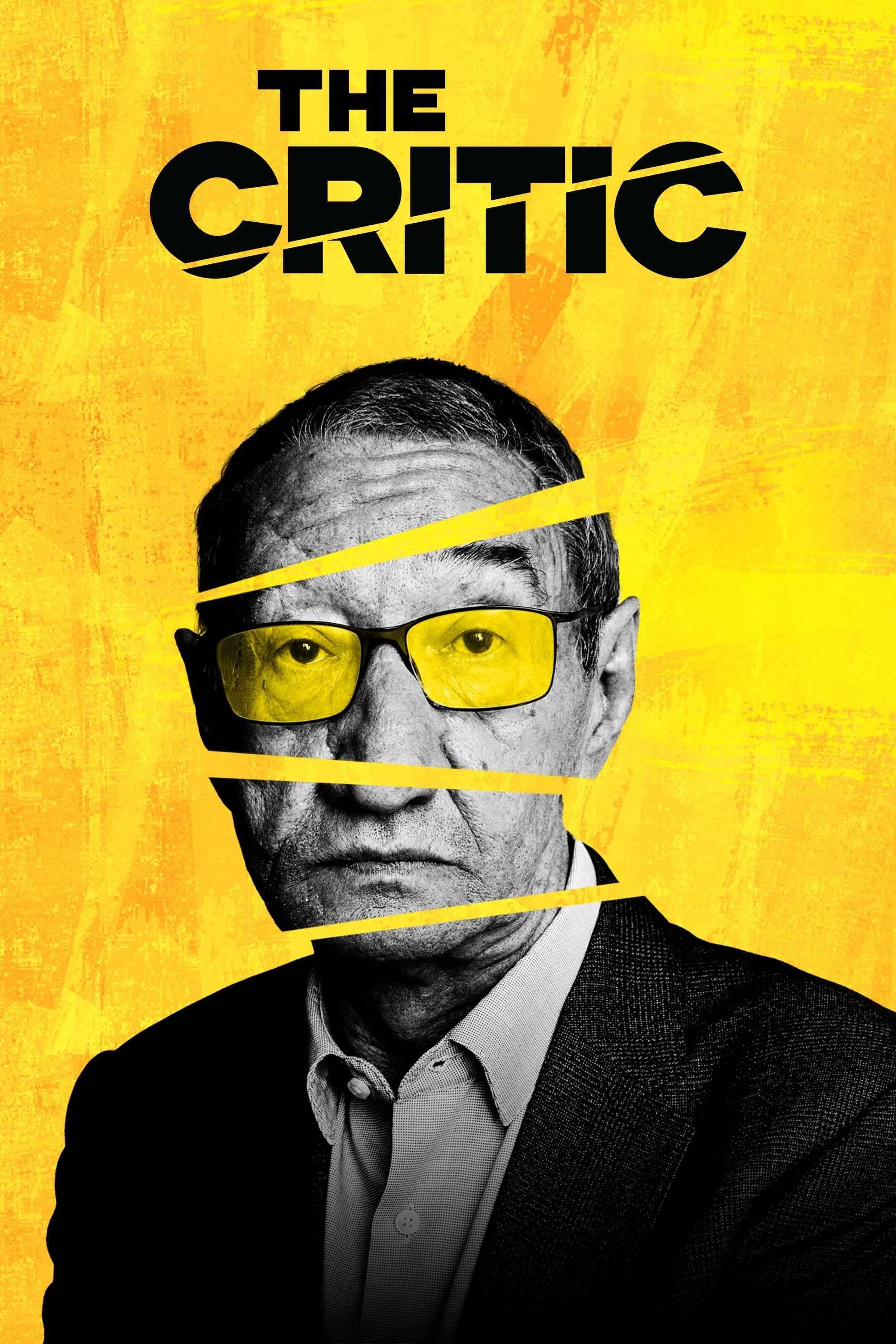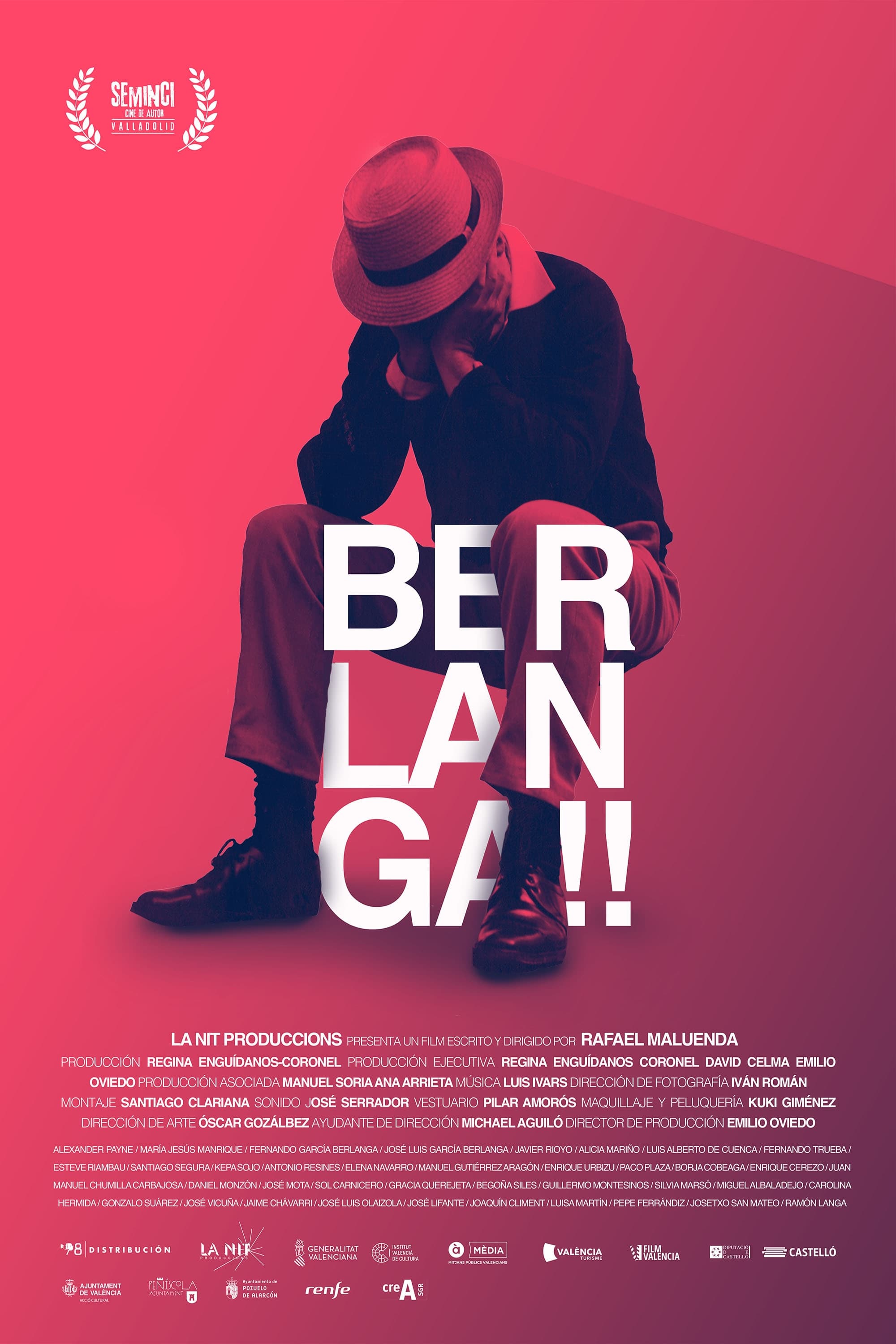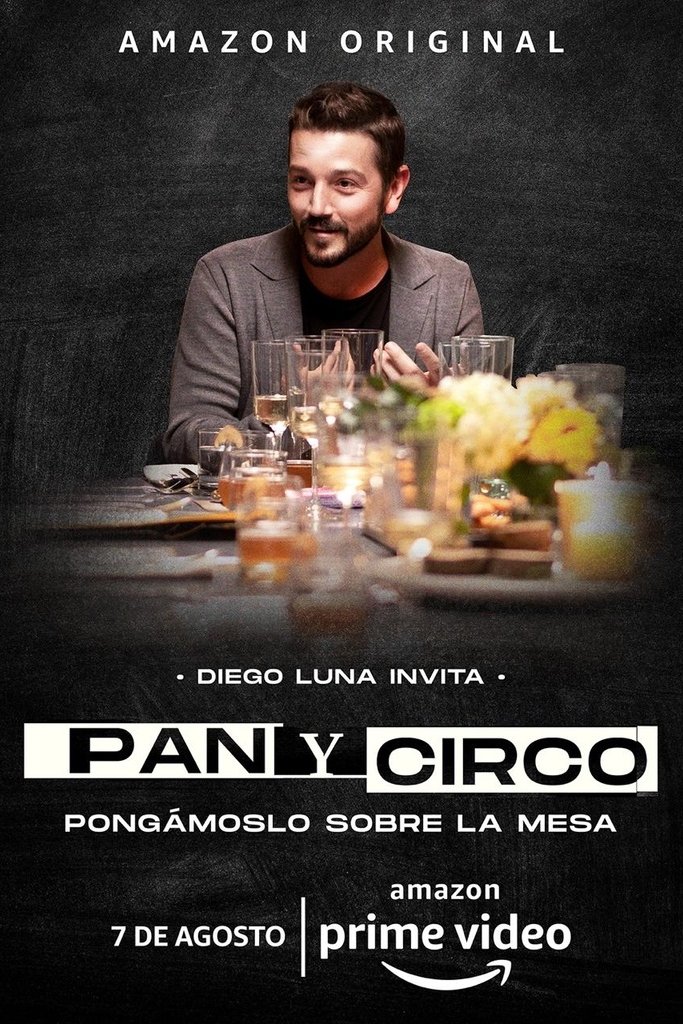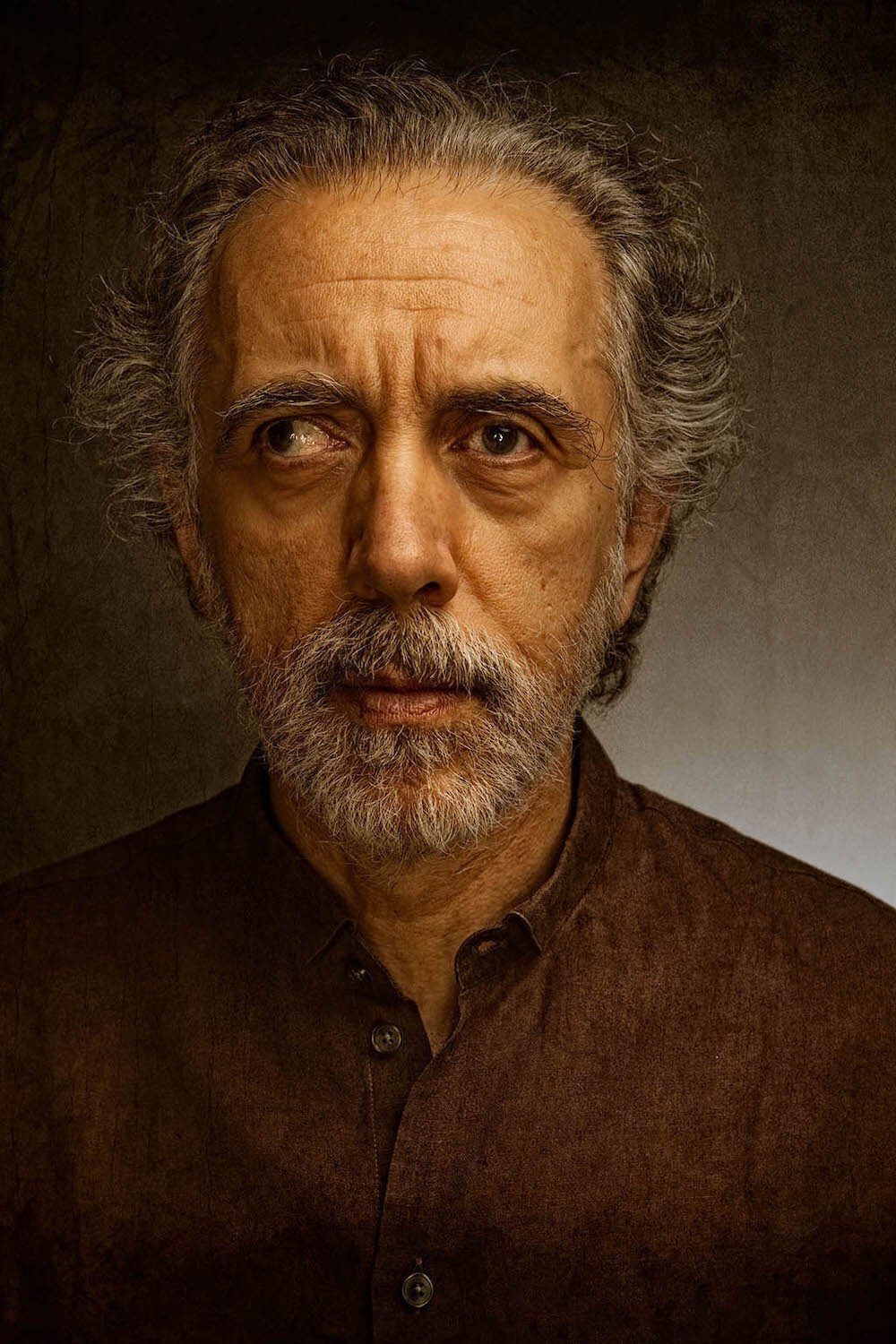
Overview
Fernando Trueba
Known For
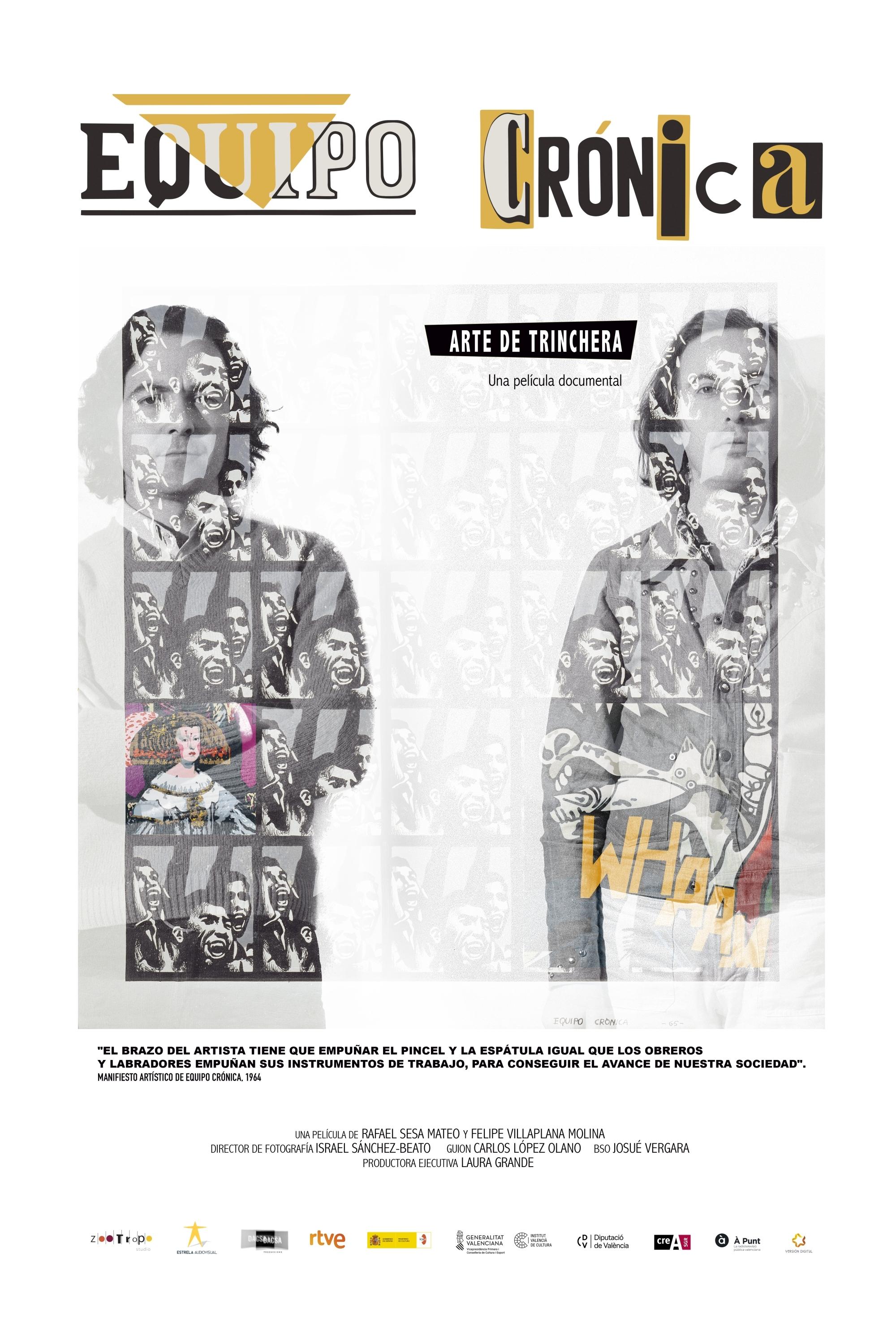
Equipo Crónica. Arte de trinchera
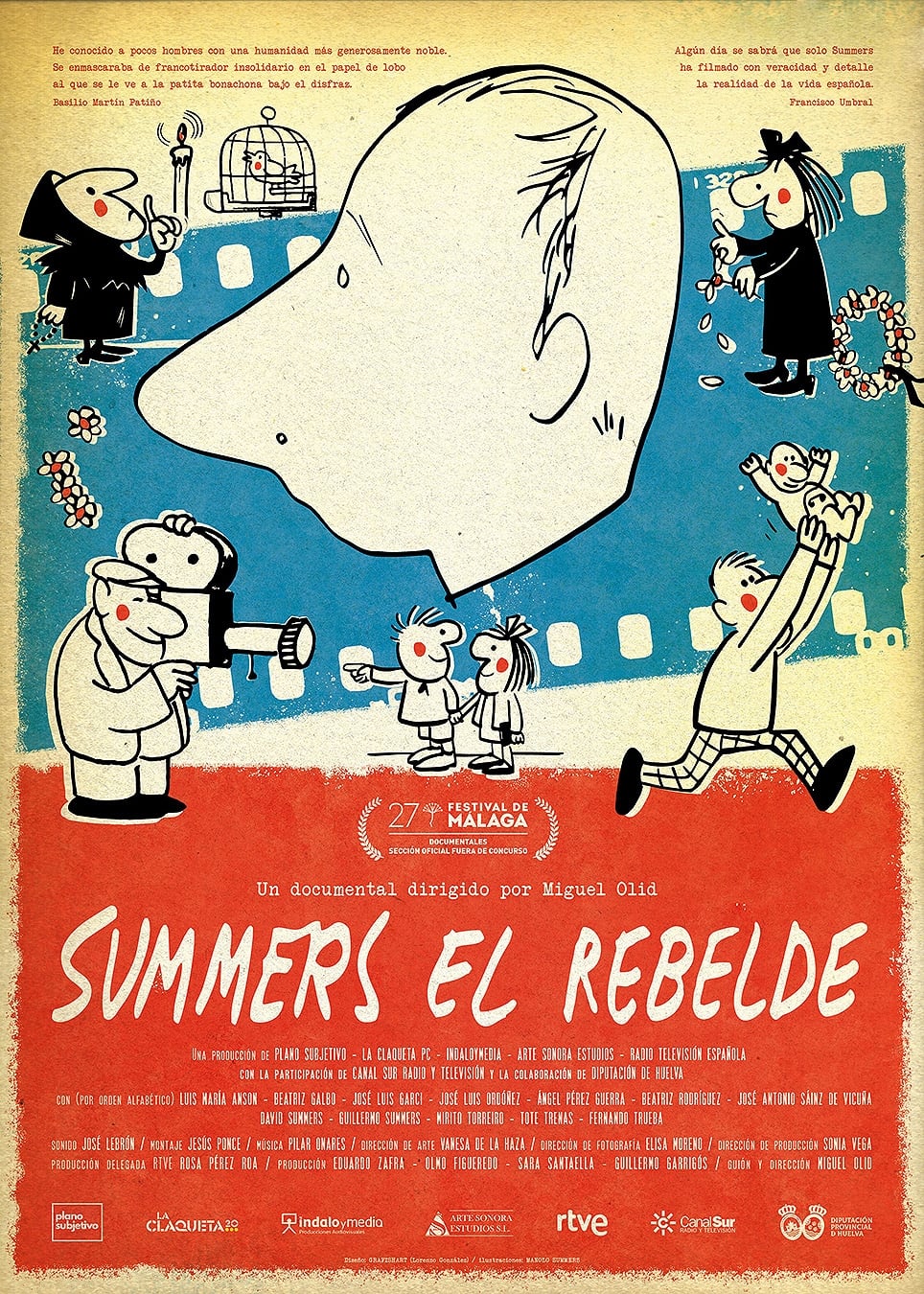
Summers el rebelde
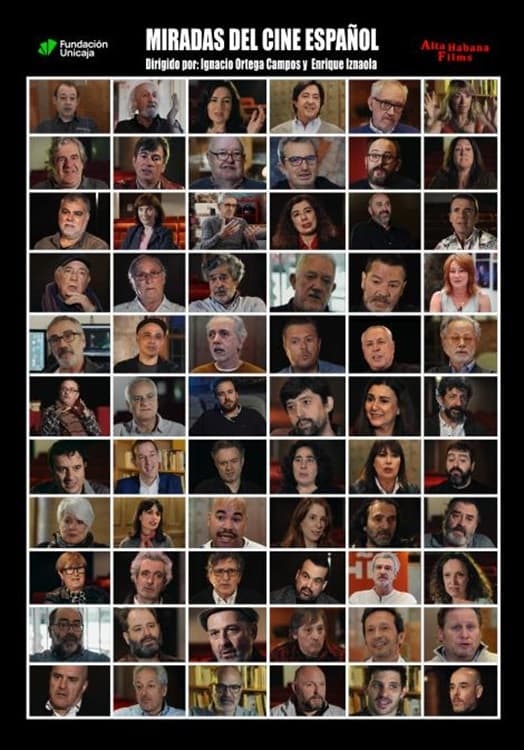
Miradas del cine español
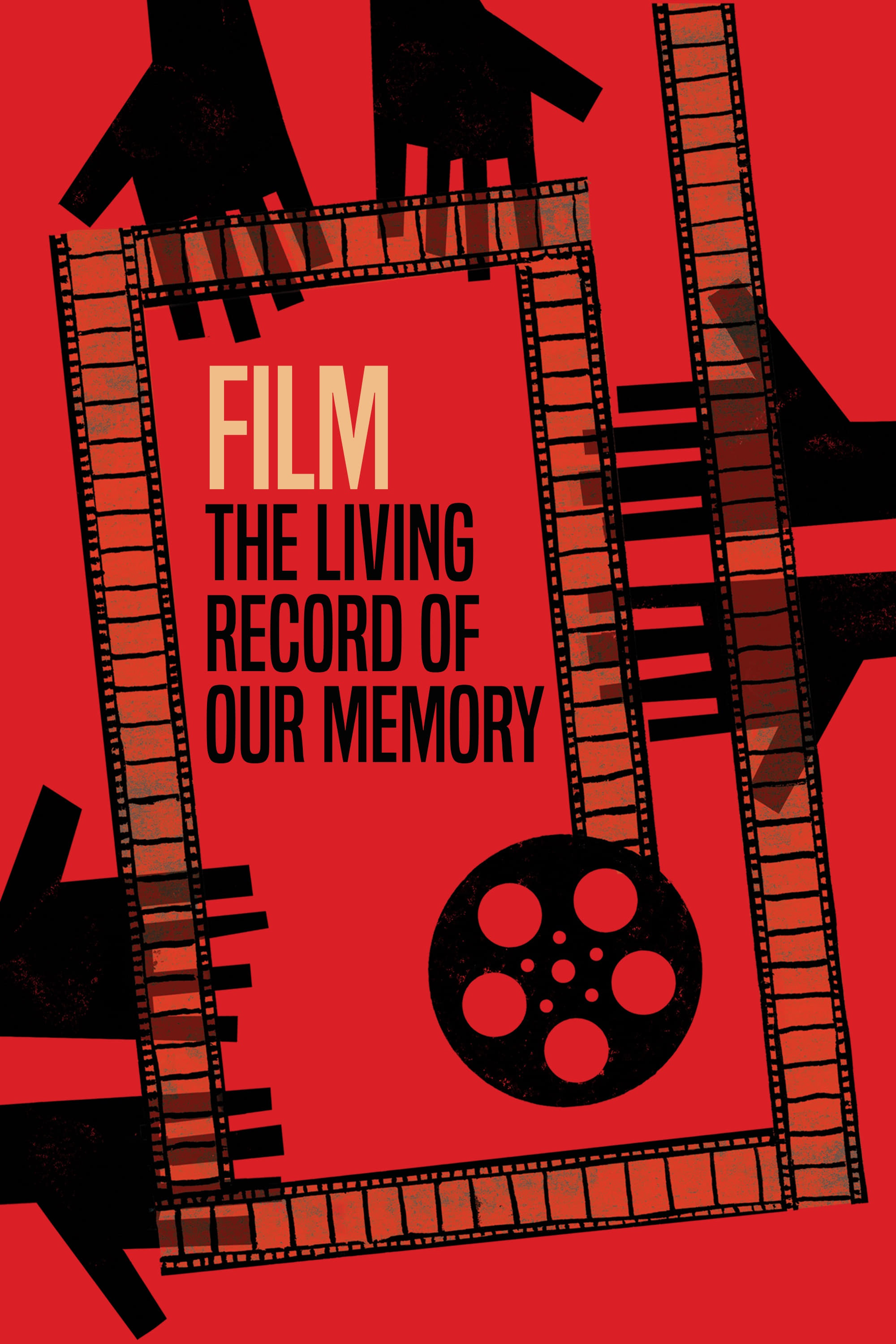
Film: The Living Record of Our Memory
Why are we still able, today, to view images that...
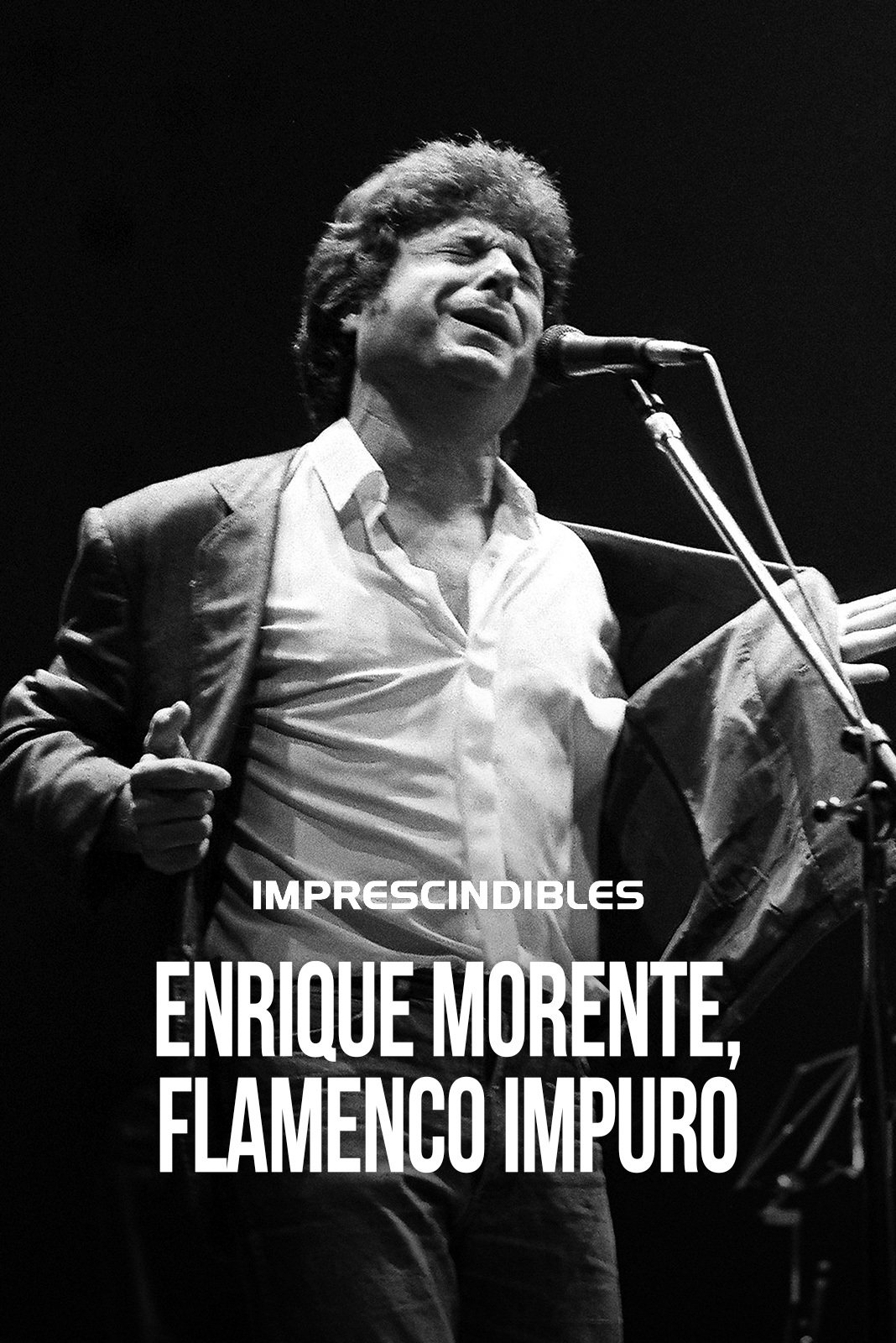
Enrique Morente: flamenco impuro
Enrique Morente's three sons tell the story of their father:...
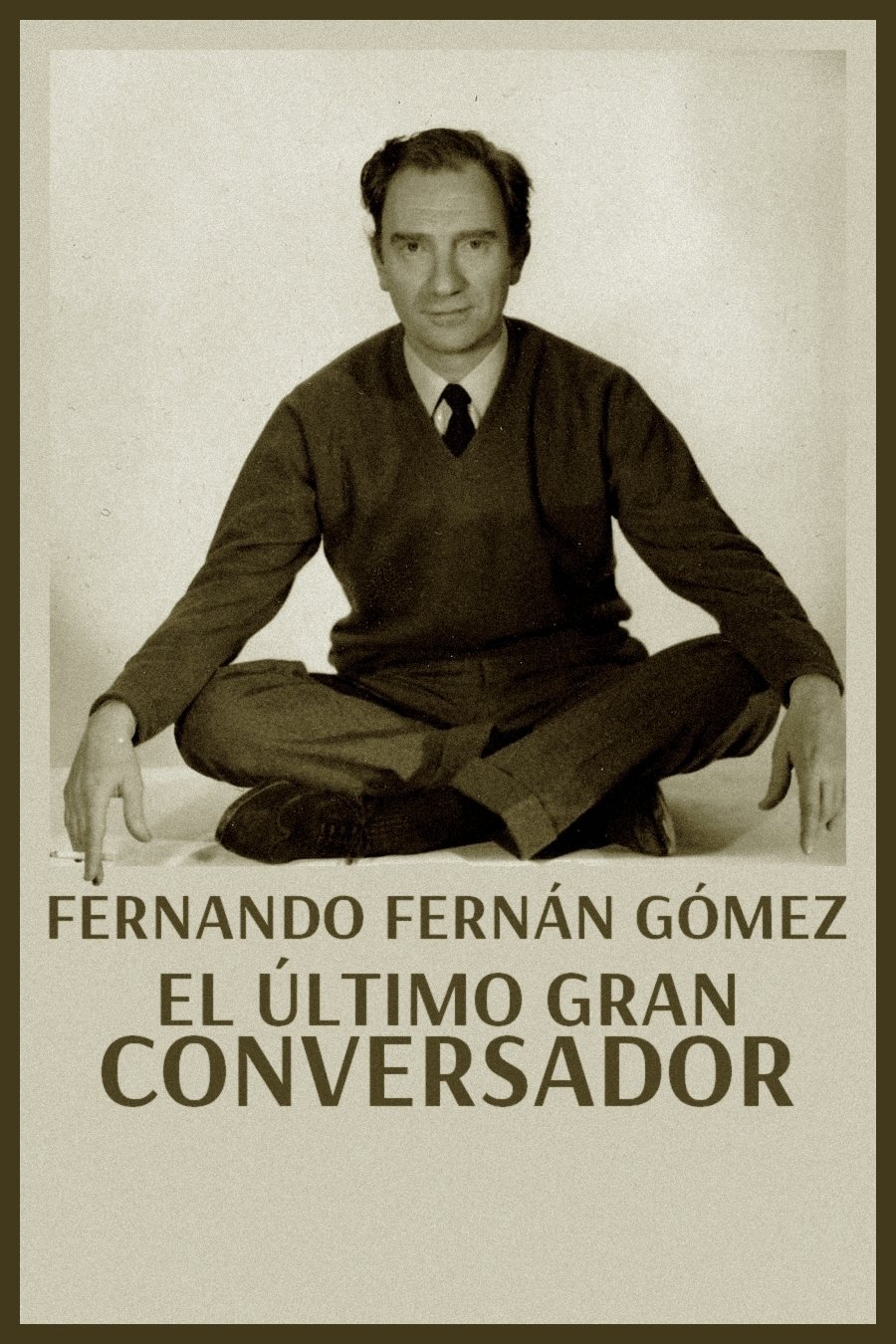
FFG, el último gran conversador
Fernando Fernán Gómez (1921-2007), actor, writer, playwright and film director,...
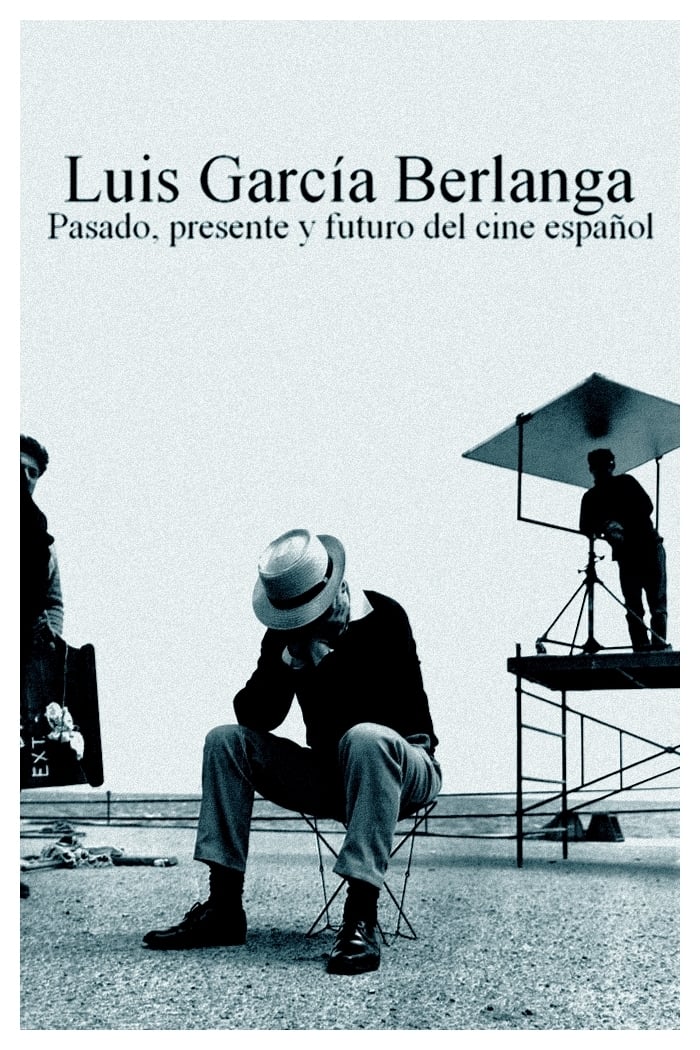
Luis García Berlanga: pasado, presente y futuro del cine español
A conversation about the work of Spanish filmmaker Luis García...
Biography
Trueba studied Cinematography at the Facultad de Ciencias de la Información, was cinema critic for the newspaper 'El País' and for 'La Guía del Ocio' and also founded the journal "Casablanca". At the movies his first success was 'Opera Prima' (1980) following the style of the "comedia madrileña". He had major success with 'Sé infiel y no mires con quién' (1985) starting a longer colaboration with the producer Andrés Vicente Gómez. He won the second Foreign Film Academy Award for Spain in 1993 with 'Belle Epoque'.
